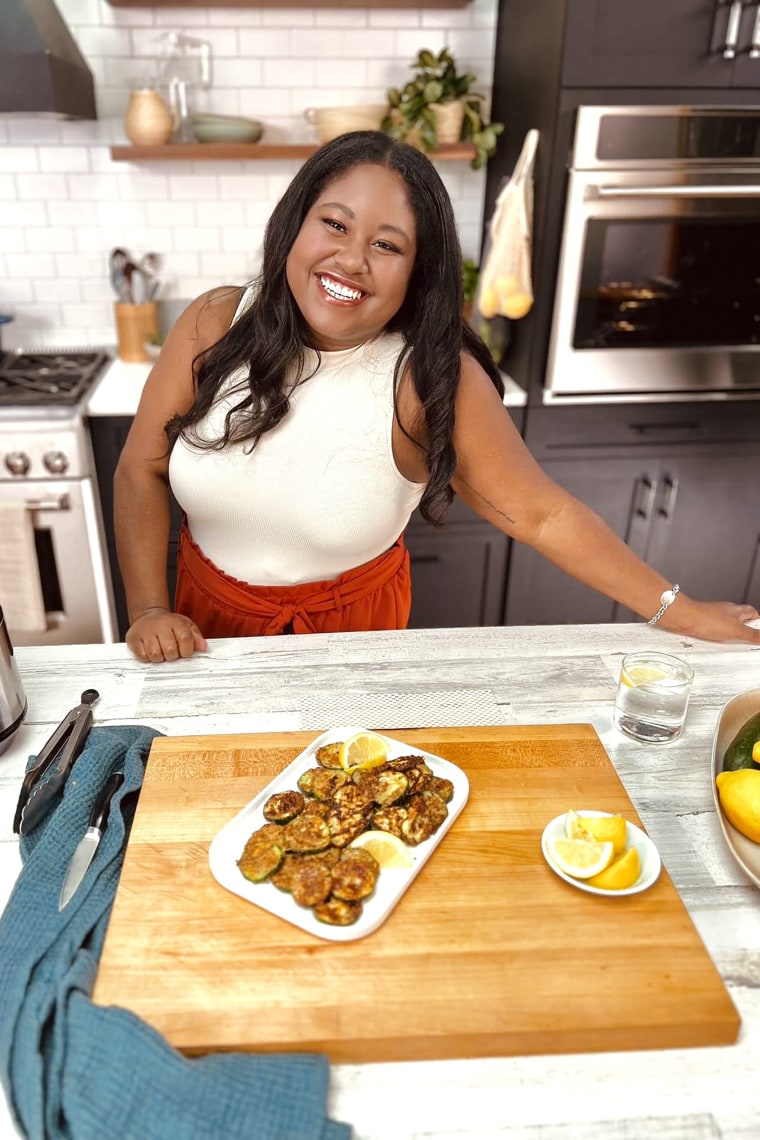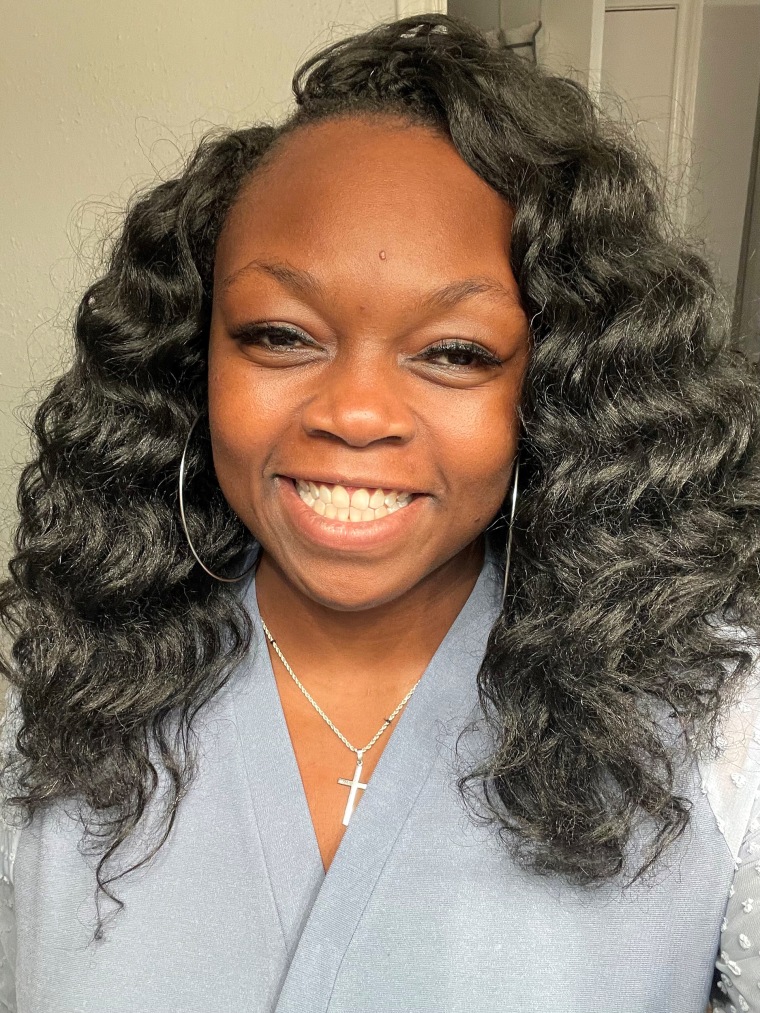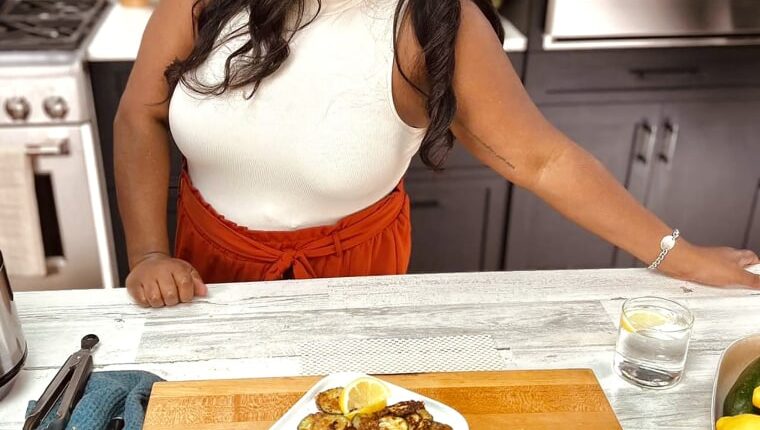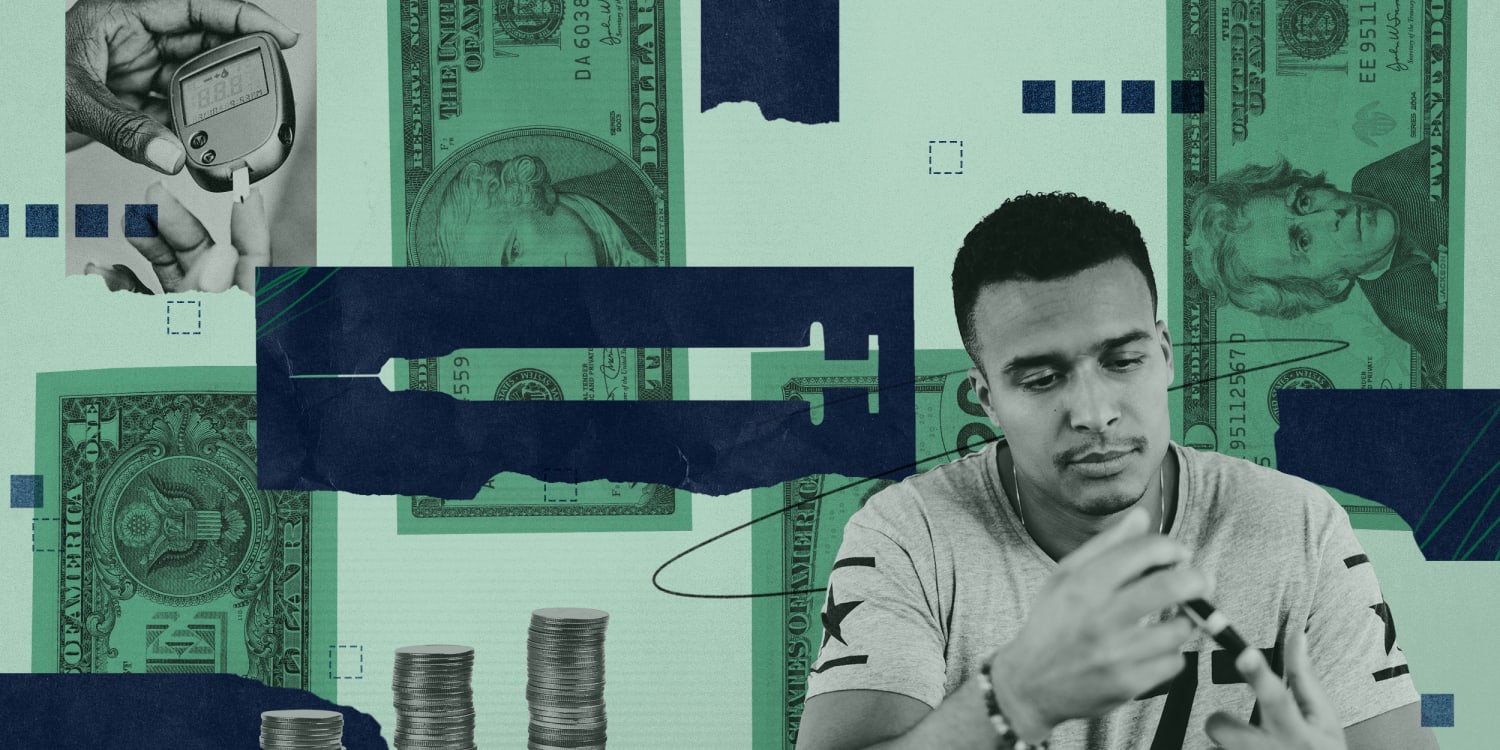The news last week that the drugmaker Eli Lilly will cap out-of-pocket costs for its insulin at $35 per month brought relief to some. But what remains are systemic problems with insurance coverage and misdiagnosis that continue to challenge many with diabetes.
Mila Clarke, 33, is among the 12% of Black Americans who have been diagnosed with diabetes, the second-highest rate behind Native Americans.
After she was told by her doctor that she had Type 2 diabetes, Clarke familiarized herself with insurance copay cards and patient programs that provide assistance from insulin manufacturers. If she hadn’t, “I would have walked out of the pharmacy paying $2,000 for a 30-day supply of insulin, which is like rent or a mortgage,” she said. “Like, nobody can pay that every single month just to stay alive.”

The price cap by Eli Lilly, the country’s largest manufacturer of insulin, will have an outsize effect on Black people, who are not only more prone to diabetes but are also more likely to struggle to pay for the drug. Without the caps, most people with diabetes who are uninsured or under-insurered can spend upward of $1,000 per month or more on insulin out-of-pocket.
But beyond the cost of insulin, larger structural inequities contribute to poorer health outcomes for Black Americans as a whole, especially those with diabetes. “When you look at communities of color, particularly African Americans, they’re more likely to be in a job without insurance,” said Otis Kirksey, a pharmacist from Tallahassee, Florida, and a board member of the American Diabetes Association. He also said that Black people are more likely to live in food deserts and have fewer healthy food options, which means their chances of “developing diabetes are significantly higher.”
Black people may experience an overdiagnosis for prediabetes or Type 2 diabetes, according to a March 2021 report by the Centers for Disease Control and Prevention.
Clarke struggled with being misdiagnosed as having Type 2 diabetes. After countless doctor’s visits and failed treatments, a visit with a Black female doctor revealed that she actually has Type 1 diabetes.
“It shouldn’t have taken four years for me to get a proper diagnosis,” Clarke said. Whenever she went to her previous doctor, she said, “because I was a young Black woman, I did not ever feel listened to.”
Now, Clarke said she takes a long-acting insulin called Tresiba, which costs approximately $150 for a 90-day supply. She also takes Lyumjev, a short-acting insulin, which costs $300 for a 90-day supply.
With both diagnoses, Clarke had the benefit of commercial insurance to help with the costs.
Serena Valentine, 39, meanwhile, was misdiagnosed with Type 1 diabetes instead of Type 2. During a nine-month stretch starting in 2017, she started losing vision in her right eye due to diabetic retinopathy. Three days after having retinal reattachment surgery in 2018, she completely lost vision in that eye.

Then in 2019, she started losing vision in her left eye and rejected having surgery again because she was “traumatized” from what happened to her right eye, she said. She chose not to undergo surgery, and now only has 35% vision in her left eye.
At the time, Valentine said, she did not have insurance, and could not afford to see an eye doctor. Finally, she qualified for Medicaid following the birth of her son, and learned from an ophthalmologist that her severe vision loss could have been preventable.
“I was very upset,” Valentine said. “And not only that, I was only offered one type of treatment, which was surgery.”
Kirksey, who is also a retired pharmacy professor at Florida A&M University, said one of his students was misdiagnosed at a walk-in clinic with having high blood pressure when he actually had diabetes. That error was rooted in bias by the medical professionals involved, Kirksey said.
“He was obese. No one ever thought to test his blood sugar. When he finally ended up at the hospital, his blood sugar was over 1,400” mg/dL, Kirksey said, which is 10 times higher than normal. “He died.”
Data from 2019 found that Black people were twice as likely than white people to die from diabetes and were 2.5 times more likely to be hospitalized with diabetes and experience long-term complications, according to the U.S. Department of Health and Human Services’ Office of Minority Health.
“In the ICU, I have cared for patients who have life-threatening complications of diabetes because they couldn’t afford this life-saving drug,” Dr. Adam Gaffney, a critical care physician at the Cambridge Health Alliance in Massachusetts, told NBC News last year.
Close to 1 in 5 adults in the U.S. with diabetes skipped, delayed or used less insulin to save money, a 2021 report by Annals of Internal Medicine found. It also said that insulin rationing was more common among Black Americans.
“I’ve had patients who actually, literally, changed their dosing recommendations to ensure that they at least have a little bit of insulin, you know, to make it throughout the month,” Kirksey said.
After grappling with their misdiagnoses and finding solutions to pay for their insulin needs, Clarke and Valentine have become advocates for their own health and others with diabetes.
Through her YouTube channel, which has more than 36,000 subscribers, Clarke answers viewers’ questions about living with the disease, including how to self-administer insulin. Valentine runs a health and wellness nonprofit organization in Houston called CORE Initiative, which provides diabetes self-management courses and peer support groups. Valentine also encourages patients to visit the doctor when “they see something that’s not right,” she said.
Clarke said she would like to see the stigma of diabetes reduced and more open conversations between patients and doctors.
“I think if physicians were better prepared to have those conversations and to lend those resources to people with diabetes at diagnosis, it would change the way that people manage diabetes,” she said, “and ultimately, it would reduce those numbers of complications and frustrations and diabetes burnout.”
Source: | This article originally belongs to Nbcnews.com










